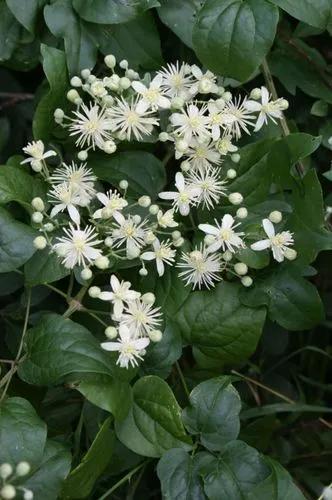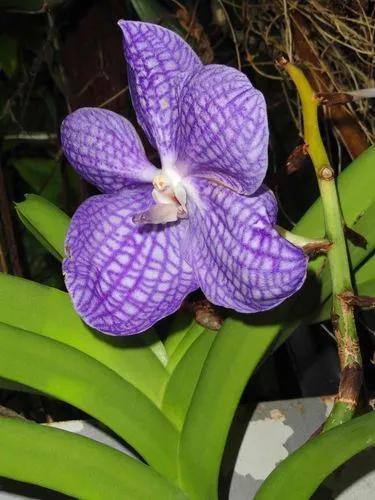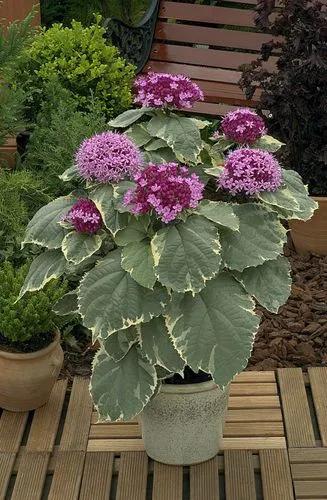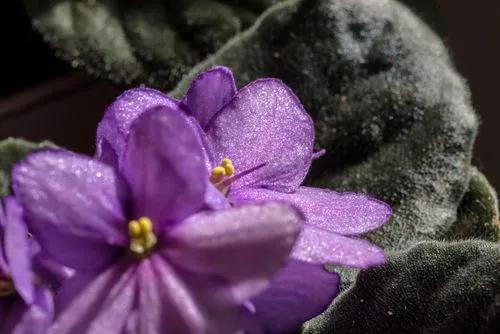Stachys germanica is a species of the mint family (Lamiaceae). It blooms from June to September.
Downy Woundwort Care
Stachys germanica



This rare plant is either a biennial or a short-lived perennial. The species requires a level of soil disturbance so that the heavy seeds may germinate during the temporary reprise from more aggressive competitors, and it has benefited from scrub clearance, two to three year rotovating, verge cutting and even a stubble fire.
It flowers from July onwards, sometimes into the autumn. Tall, multistemmed plants produce the most flowers, and the amount of seed set is highest where bumblebees are numerous and most active.
The seeds are able to remain dormant for a long period, and the plant can return to areas from which it has been absent for some time after hedges are cut back or the ground is disturbed.
This plant is useful.
This plant might be poisonous
How to get rid of: May require more digging to get as much of the root system as possible. If you can return to the site, you can allow resprouts to reveal the position of any surviving roots. They will likely be easier to pull then and it could save a lot of digging and sorting through the ground.
How to Care for the Plant

Popularity

138 people already have this plant 63 people have added this plant to their wishlists
Discover more plants with the list below
Popular articles






